TW: Racism, Ableism / Spoilers Below
After years of being plagued with Hallmark’s wonderbread, puritanical, heterosexual holiday fun, it was refreshing to finally have a Christmas movie that is not about a middle-class (though sometimes royalty if you’re lucky enough to be Vanessa Hudgens or Ben Lamb) straight relationship where they overcome an instant hatred toward one another and have it replaced with “true love” (kind of suspicious if you ask me)? Happiest Season changes both the holiday movie field and the smaller sub-genre of “Christmas canoodling” films by instead centering the story on a lesbian couple, and it employs four openly queer actors (Kirsten Stewart, Dan Levy, Aubrey Plaza, and Victor Garber). The film keeps the representation going off-screen with writer/director/queer icon Clea Duvall at the helm employing Melissa Bretherton as the editor, Amie Doherty composing the cheerful score, and a female-led cast.
Privileging Whiteness
The story follows suit with some of the characteristics of the genre: the couple and her family overcome a struggle, are very well-off, and are all white (with the exception of Aubrey Plaza who is white-passing). The main difference within the difficulty to overcome here is that instead of hating each other, Harper has yet to come out to her family when she brings her girlfriend, Abby, home for Christmas (which conversely makes them hate each other later on). Yes, it is exciting to have this amount of representation showcased on and off-screen; but aside from the queer storyline, the misrepresentation of other communities is disappointing and grossly outdated. Surprising as it is, the film thoroughly drops the ball with stereotypes and offensive jokes about a neuro-divergent character, using people of color as plot devices, and uses a “woman of color home-wrecker stereotype” twice (how they had room for that in this overly complex plot, I have no idea). In addition, other POC characters are rendered completely silent/subservient or are given unfulfilling plot lines. So really, how can the story be an emblem for progress when they are putting down other communities and prioritizing whiteness at the center of queerness?
“As a filmmaker, I want to make movies that have a greater social impact, where you can go in and be really entertained, but where people who are not represented as much in film can feel seen in a genre where they have felt invisible.” – Clea DuVall’s intention for “Happiest Season”
Problematic Depictions of POC
The contributions of queer people of color are innumerable, invaluable, and often forgotten. When they are represented, people of color often get relegated to sidekicks, tokens, and/or stereotypes. The only queer person of color in the film (sans the drag queens singing at the bar for all of 30 seconds) is Aubrey Plaza as Riley, the semi-disgraced ex-girlfriend of Harper. Like Abby, she was kept a secret but with only a much unhappier ending that resulted in her getting bullied in high school and given a judgmental comment-in-passing by Harper’s mom (another example of the film’s telling not showing problem, but I digress). Abby and Riley bond not only because of Harper (abusively) forcing Abby back into the closet but their mutual feelings of alienation from the rest of the Holland family’s high-society ways. They even start to ever so slightly hint that Riley and Abby might have a thing (not-so-shockingly, the two queer women have better chemistry than the main couple that only has one queer actor). In the end, though, Riley does not get that the happy ending that her newfound friend does and instead receives a very weak apology from Harper even though history was repeated right before her eyes. The only central queer person of color was sidelined so the white couple could have their happily-ever-after, even though she was dismissed in the process and never given an authentic resolution to her plotline. She was just a villainized plot device to demonstrate that Abby and Harper are growing apart for suspense.
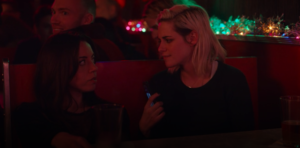
In the same vein, the other POC characters are just plot devices too. There are at least six examples of this in the entire 100-minute film. The politician father’s lead staffer, Carolyn, usually just spits out dialogue about the importance of family values to his campaign while her African-American assistant just makes faces at the camera for comedic effect and has not a word of dialogue. She also is involved in the infidelity scandal Alison Brie’s character and Harper’s sister, Sloane, is trying to keep under wraps about her marriage. Carolyn is her (black) husband’s mistress. Yet again, the three POC characters that have the most screen time are labeled as cheating antagonists who are involved in the lengthy secrets that cause blemishes in the perceived perfection of the Holland family. They are all meant to be kept under wraps, invisible, and dismissed when they are not moving the story along. Even Sloane and Eric’s children are creepily silent (that being their only trait) and end up framing Kirsten Stewart for stealing. Oh, and of course none of these characters get a real or fleshed-out ending. Their storyline (and dialogue) end after they served their plot-point purpose. The aggressive mall security guards get more lines than most of them.
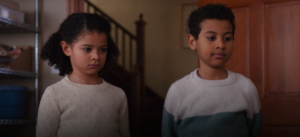
Ableism
You would think after the misogyny and racism the film would stop there. Yet, it finds a new offensive angle, brought to extraordinary heights by the co-writer Mary Holland. Holland, who plays the third sister Jane, wrote and acted the character to have specifically neuro-divergent qualities whether she realized it or not. Jane is the most ostracized of the group, constantly having jokes made at her expense despite her kindness, affection, and dedication to the family. Like the people of color, she too is often kept out of the public eye. She has special interests that she talks about constantly, like her fantasy book series she is writing and is seen as “weird” by everyone for sharing it. Even though she has an inventive imagination, beautiful artistic talents, and great technological abilities, most of the jokes of the film make fun of her for being a bit oblivious and very socially awkward (which Abby is too, but there is little negative attention drawn to that). During the most heated exchange of the film, being a public fight between Sloane and Harper, Jane tries to calm her sisters down after they selfishly destroy her art piece (that took her MONTHS to make, mind you) but then for some reason joins the fight in a maniacally violent way. The mother character reasons this by explaining it way, like she is chosen to do for many details, that Jane “just wanted to be included.” Though she never really gets to voice her own issues with the family, she ultimately gains their respect at the end after her sisters’ are forgiven for their secrets. Holland and Duvall coalesce a character that is an amalgamation of disabled stereotypes and roles into one and then make her the clown of the film. If someone is to be blamed (that’s not a plot necessity), it is Jane’s fault. The only difference with Jane as compared to the people of color is she gets a satisfying and successful ending where she becomes a best-selling author. Essentially, only the white characters can experience deserved holiday joy.
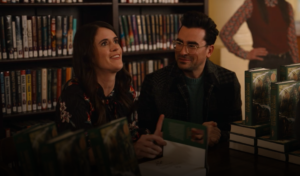
Conclusion
In the end, nothing is really challenged and whiteness and ableism stay intact. Even the queer story itself falls short. The coming-out plot becomes cliche and folds in on itself, making me hate Harper and question why Abby is accepting such toxicity. It’s sad that when major breakthroughs are made yet, they are still so deeply riddled with prejudice towards overlapping communities that help make the LGBT+ community so beautifully diverse. If you do decide to brave this viewing or have already, understand that this is just a small stepping stone and not the end goal for diverse and queer representation in cinema. Let this be a lesson in what not to do and, hopefully, I was able to shed some light on what should be done better.
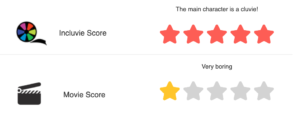
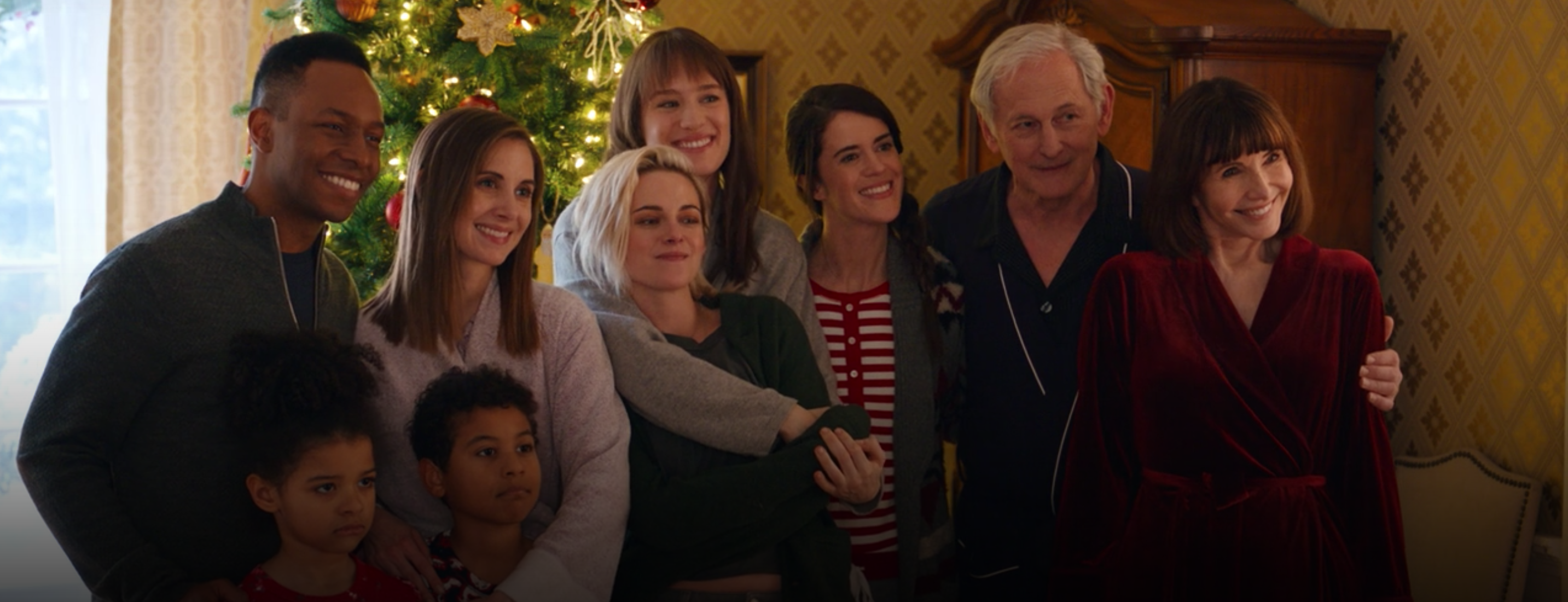
Comments